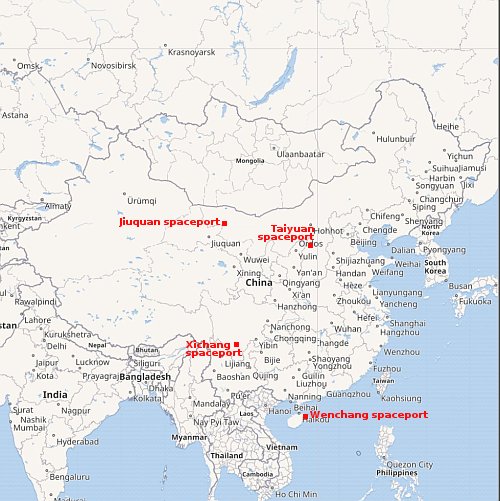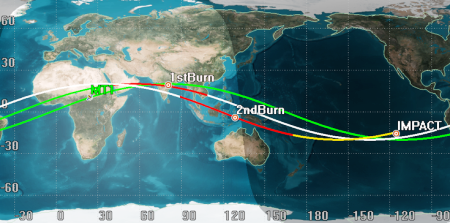Pushback? University of North Carolina pretends to ban ‘diversity, equity and inclusion’ requirements in hiring

They’re coming for you next: On February 23, 2023 the board of governors of the University of North Carolina voted to ban all requirements that applicants in hiring and admissions make statements advocating the racist political agenda of “diversity, equity and inclusion” [DEI].
The board stated the university “shall neither solicit nor require an employee or applicant for academic admission or employment to affirmatively ascribe to or opine about beliefs, affiliations, ideals, or principles regarding matters of contemporary political debate or social action as a condition to admission, employment, or professional advancement,” according to the resolution. An employee or applicant also can’t “be solicited or required to describe his or her actions in support of, or in opposition to, such beliefs, affiliations, ideals, or principles.”
According to the now-banned policy [pdf], anyone who wanted to either go to UNC as a student, or be hired or promoted there as a teacher, had to prove they had made a “positive contribution to DEI efforts.”
» Read more

They’re coming for you next: On February 23, 2023 the board of governors of the University of North Carolina voted to ban all requirements that applicants in hiring and admissions make statements advocating the racist political agenda of “diversity, equity and inclusion” [DEI].
The board stated the university “shall neither solicit nor require an employee or applicant for academic admission or employment to affirmatively ascribe to or opine about beliefs, affiliations, ideals, or principles regarding matters of contemporary political debate or social action as a condition to admission, employment, or professional advancement,” according to the resolution. An employee or applicant also can’t “be solicited or required to describe his or her actions in support of, or in opposition to, such beliefs, affiliations, ideals, or principles.”
According to the now-banned policy [pdf], anyone who wanted to either go to UNC as a student, or be hired or promoted there as a teacher, had to prove they had made a “positive contribution to DEI efforts.”
» Read more














